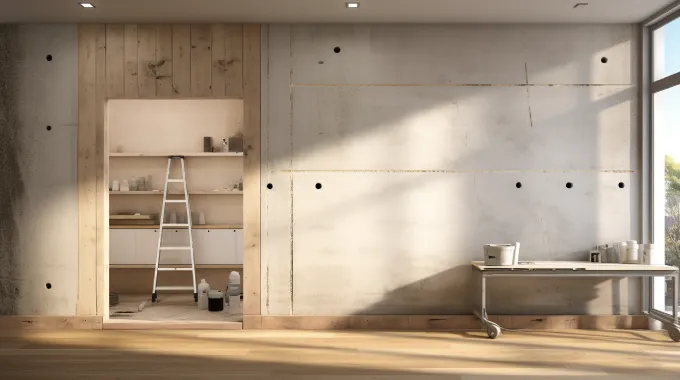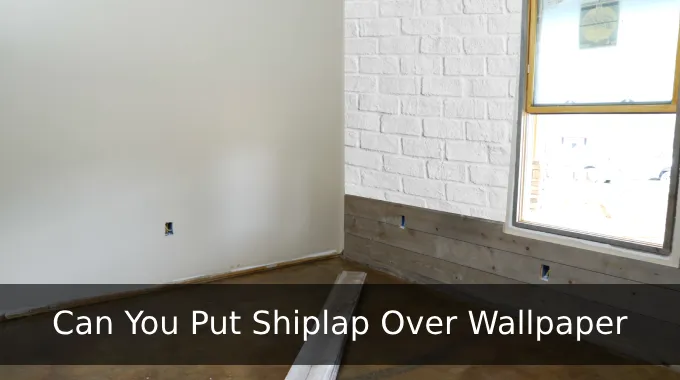Last Updated on March 12, 2023
Cutting drywall is a key step if you plan to spruce up your home. But can you really take on the challenge with a table saw? Be sure to avoid making the mistake of using a table saw instead.
While these handy tools are great for slicing through thicker materials, using them for thin sheets of drywall could put your motor in jeopardy or create quite a dust storm.
To keep yourself safe during your drywall project, consider equipping yourself with alternative tools beyond the traditional table saw. Leave that sharp blade for professional hands and opt for razor knives, handheld drywall saws, oscillating multi-tools, or reciprocating saws to get you on your way toward a smooth finish.
Find out why these are the best options for getting professional results while avoiding unwanted accidents.
Can You Cut Drywall with a Table Saw: Why Not?
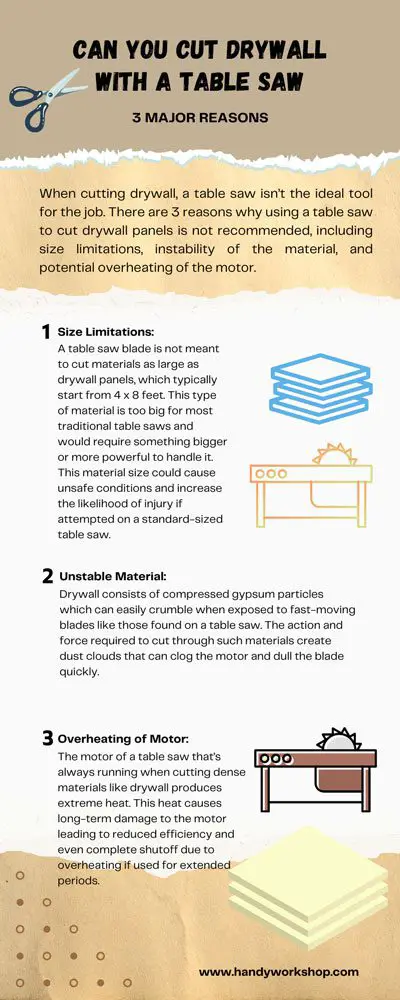
Intro: When cutting drywall, a table saw isn’t the ideal tool for the job. There are 3 reasons why using a table saw to cut drywall panels is not recommended, including size limitations, instability of the material, and potential overheating of the motor.
1. Size Limitations:
A table saw blade is not meant to cut materials as large as drywall panels, which typically start from 4 x 8 feet. This type of material is too big for most traditional table saws and would require something bigger or more powerful to handle it.
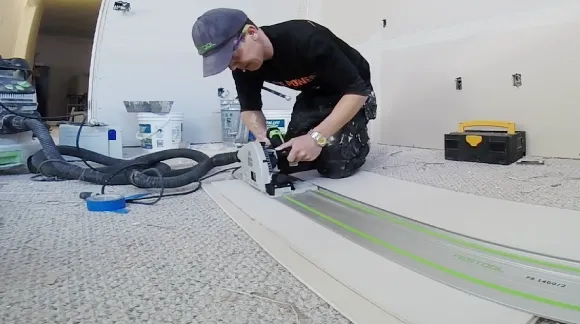
This material size could cause unsafe conditions and increase the likelihood of injury if attempted on a standard-sized table saw.
2. Unstable Material:
Drywall consists of compressed gypsum particles which can easily crumble when exposed to fast-moving blades like those found on a table saw. The action and force required to cut through such materials create dust clouds that can clog the motor and dull the blade quickly.
Additionally, cutting such an unstable material with a standard-sized blade increases vibration in the tool. It could result in inaccurate cuts due to poor control over the material being cut.
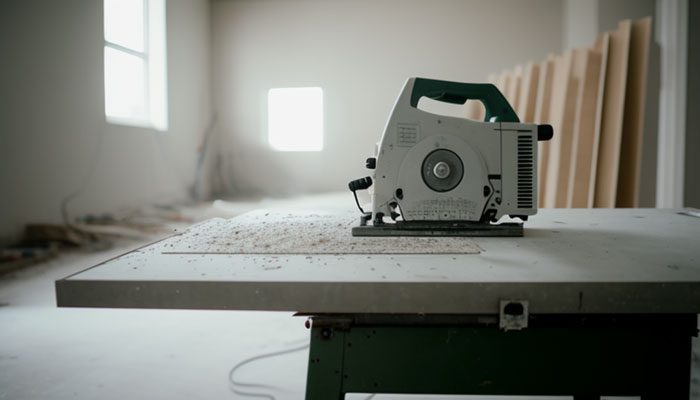
3. Overheating of Motor:
The motor of a table saw that’s always running when cutting dense materials like drywall produces extreme heat. This heat causes long-term damage to the motor leading to reduced efficiency and even complete shutoff due to overheating if used for extended periods.
Alternatives to the Table Saw to Cut Drywall
Cutting drywall is an important part of home renovation and repair projects. Since a table saw is not recommended for cutting drywall, 4 alternative hand tools require minimal power to accomplish the task.
1. Razor Knife with Drywall Framing Square:
The combination of a razor or utility knife and a drywall framing square is one of the most popular methods of cutting drywall. It comes with a razor-sharp utility blade that allows you to score both sides of the board for perfect cuts every time. Just snap it from the backside for the best results.
This method requires patience, as you must score the paper a few times before snapping it off. These passes must be made along a straight edge provided by the framing square for accurate cuts.
This method is efficient for quickly cutting drywall sheets to length or width. However, it is not as effective when cutting large openings or curved shapes.
2. Using Handheld Drywall Saws:
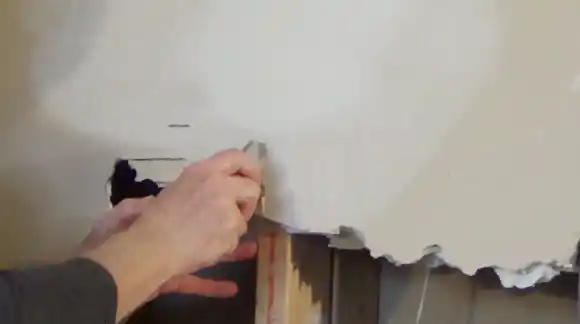
Handheld drywall saws are another method often employed when cutting through sheets of drywall. These saws have serrated blades with pointed tips and aggressive teeth at their ends which allow them to make plunge cuts on drywall material.
They typically feature handles made out of rubber, plastic, or wood which makes them comfortable to use over extended periods. While this drywall saw is great for quickly cutting holes in sheetrock, it takes a long time to cut entire pieces down to size or width due to its limited blade length and manual operation.
3. Oscillating Multi-Tool:
An oscillating multi-tool is an incredibly versatile tool that uses a flat or hooked replaceable blade and can make extremely accurate plunge cuts. The blade moves back and forth in very small, fast strokes, so it’s great for precision work.
Oscillating multi-tools are safe to use and can quickly cut sheets of drywall to length or width without any difficulty. They’re also lightweight and easy to maneuver, which makes them perfect for detailed projects like cutting around windows or doors in drywall.
For the supremely precise, sleek cuts you desire in small working areas, Dremel rotary tool is your go-to choice instead of larger power tools like a jigsaw or circular saw. Compact and incredibly maneuverable with diamond-tipped bits for cutting through plasterboard material like wall panels or more complex structures.
4. Reciprocating Saw:
For those looking for more powerful options when cutting through sheetrock, reciprocating saws offer rapid yet precise results when operated correctly. It is a powerful power tool with replaceable blades that makes quick work of cutting drywall.
With adjustable blade lengths, you can reach hard-to-reach areas without climbing ladders or scaffold platforms. This type of saw is particularly aggressive with drywall, allowing you to make clean cuts easily.
However, once you’re done, you’ll need to do additional cleaning up on the edges as they will be somewhat jagged from the sawing action. You can use reciprocating saws even if you have no DIY experience, so they’re great for large-scale projects where precision isn’t as important as speed.
Do You Cut Drywall from the Front or Back?

Cutting drywall from the backside is the best way to ensure a clean, smooth cut. The front side of the drywall can be textured in some cases, which can make it difficult for a blade to pass through cleanly.
By cutting on the backside of the drywall, you can avoid any texture and be sure that your cut will be straight and even. Additionally, cutting from the back also allows you to easily draw lines on the wall with a pencil or marker beforehand so that you have a template for exactly where you want to cut.
Is a Multi-tool Good for Cutting Drywall?
Multi-tools are great for cutting drywall, as they are often designed with this task in mind. They typically include blades that are finely sharpened and able to make accurate and precise cuts into drywall.
Their lightweight design and portability make them an ideal choice if you’re looking for something convenient and easy to use when cutting boards in tight spaces. Multi-tools also come with additional tools like saws, files or sanding pads which may come in handy when preparing wall surfaces before painting or tiling.
Can You Use a Wood Saw to Cut Drywall?
A wood saw should not be used when cutting drywall as it will damage the motor due to overheating from too much friction between the saw blade and wall material. Rather than using a wood saw, use a rotary cutter hole saw, which is specifically designed for this purpose and won’t damage drywall.
Can You Get Burn Marks Table Saw When Cutting Drywall?
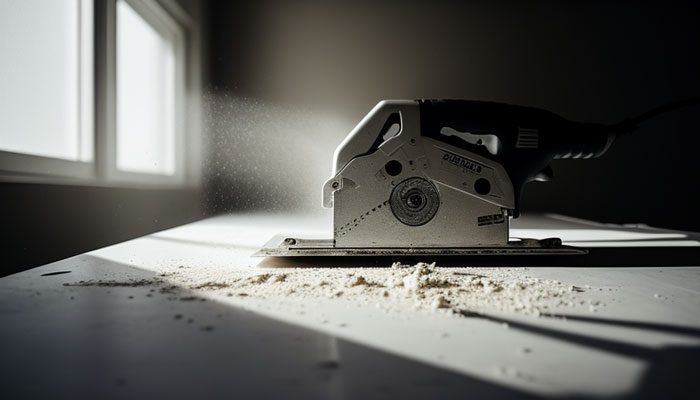
Using a table saw blade on your drywall is not recommended as it can create unsightly burn marks and damage the blade, as friction between surfaces generates excess heat. To avoid this problem, stick with rotary tools designed for cutting through drywall.
What is a Primary Hazard of Using a Table Saw when Cutting Drywall Panels?
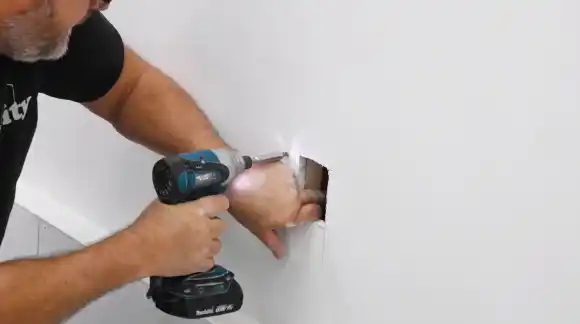
A common hazard of using a table saw on a table saw is the large cloud of dust that can be created. It can cause health problems if you breathe it in for an extended time.
What is a Primary Health Hazard with a Table Saw when Cutting Drywall?
The primary health hazard of cutting drywall on a table saw is the risk of severe injury from coming into contact with the rotating blades. With teeth along the Razor’s sharp edges, it has enough power to slice fingers.
Cut Drywall Smoothly without Dust Clouds
Avoid using a table saw for drywall as it can lead to serious health hazards due to razor blades and massive dust clouds, so never take the risk.
Fortunately, there are several alternative tools available that are specifically designed for cutting through drywall smoothly, such as razor knives, handheld drywall saws, reciprocating saws, and oscillating multi-tools.
These tools will help make your project easier by allowing you to work more efficiently without worrying about dust clouds or overheating your machine’s motor.


